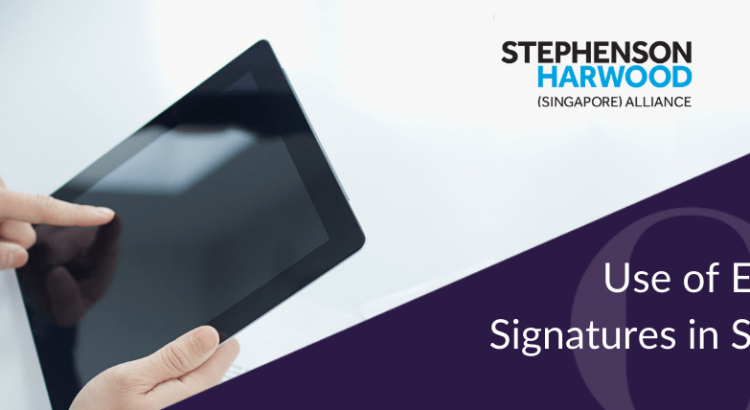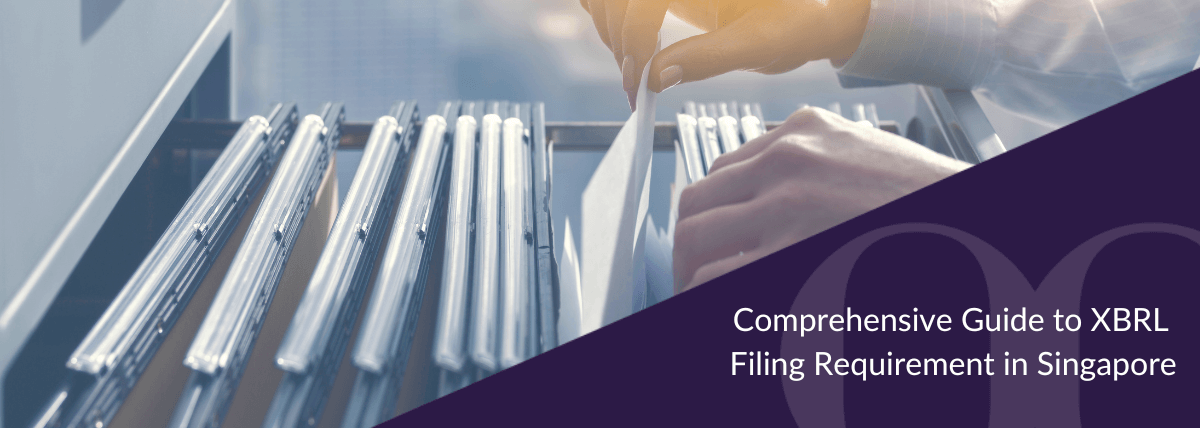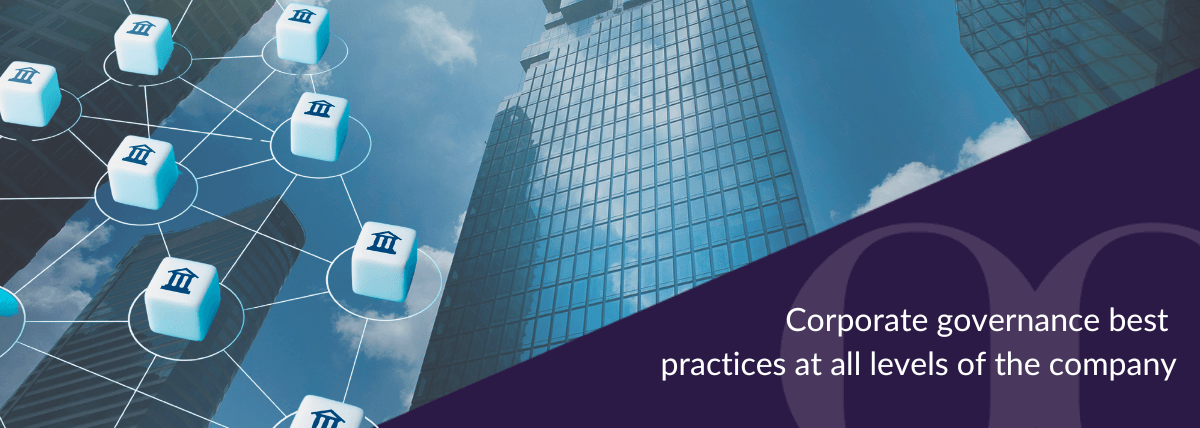The latest roll out of the Singapore government’s new digital identity platform is yet another move that showcases the tech nation’s commitment to digitalising the country. One of the main features will empower citizens to digitally sign legal documents such as contracts securely. At BoardRoom, where possible, we’ve adopted electronic signatures for years, not only as part of our aim to go paperless but also to optimise our business processes.
What exactly are electronic signatures and when can you use them? Are there any situations in which they may not be legally binding? In this article written by our partner, Virtus Law LLP (a member of the Stephenson Harwood (Singapore) Alliance), they dive deep into the usage of electronic signatures in the highly digitalised society of Singapore.
Use of electronic signatures in Singapore
The global technological landscape is evolving rapidly and various advancements in digital technologies have transformed the way we transact. In the context of the ongoing digital revolution, the Singapore government has announced Singapore’s goal to become a leading Digital Economy. On 5 November 2020, the Singapore government launched a new digital signing service, the “Sign with SingPass“, that allows SingPass users to electronically sign contracts and other legal documentation. This supports efforts to digitise Singapore government services as it allows users to complete transactions with the Singapore government without the need to be physically present to sign documents.
In light of the accelerated pace of digitalisation precipitated by COVID-19, the use of electronic signatures has become increasingly relevant to businesses. In this article, we will discuss the key issues relating to the use of electronic signatures in Singapore.
Electronic signatures
At the outset, the Electronic Transactions Act, Chapter 88 of Singapore (the “ETA“), which came into force on 1 July 2010, provides for the legal recognition and use of electronic signatures. Under section 8 of the ETA, electronic signatures may be recognised as the functional equivalent of “wet-ink” signatures if the method used (a) can identify the signatory and indicates the signatory’s intention in respect of the contents of the document; and (b) is appropriately reliable considering the purpose of the document or is proven to have fulfilled the requirements in paragraph (a).

While the ETA does not expressly define the term “electronic signature”, it is generally understood as an acknowledgement provided by way of technology having electrical, digital, magnetic, wireless, optical, electromagnetic or similar capabilities.
This, however, is differentiated from a “digital signature” under the ETA, which is subject to further requirements under the ETA.
In determining whether something amounts to an electronic signature, the Singapore courts will generally look at whether the method of signature used satisfies the authenticating function of a signature, instead of whether the form of signature used is one which is frequently recognised.
Without a specific definition of “electronic signatures”, they can possibly take different forms, subject to the legal requirements in the ETA being satisfied. Some examples of electronic signatures may include:
- A person typing his/her name into a contract or email containing the terms of the contract;
- A person electronically pasting his/her signature (e.g. in the form of an image) into an electronic version of the contract within his/her signature block;
- A person accessing a contract through a web-based signature platform such as DocuSign and Adobe, and clicking to have his/her name inserted into the contract in the appropriate place; and
- A person using a finger, light pen or touchscreen to sign his/her signature in the appropriate place in a contract.
Excluded Matters
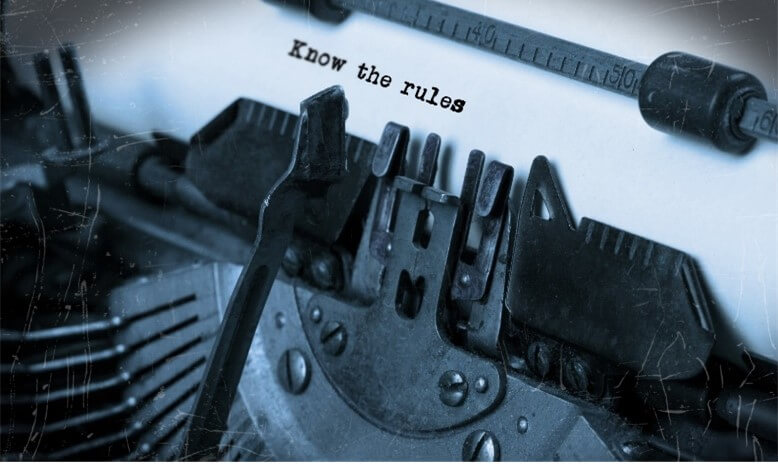
There are a number of matters that are excluded (the “Excluded Matters“) from the application of the ETA. This includes, amongst others, the execution of a will, bills of exchange, bills of lading, the creation of a declaration of trust, power of attorney and any contract for the sale of immovable property.
These exclusions mean that, among other things, parties cannot rely on the ETA to satisfy the legal requirements of writing or signatures in relation to the Excluded Matters. It is therefore recommended that any document or transaction that falls within the scope of Excluded Matters should be signed using a “wet-ink” signature.
That being said, the Infocomm Media Development Authority Singapore (“IMDA“) is in the process of reviewing the ETA, to ensure that the ETA continues to be progressive and to strengthen Singapore’s position as a hub for electronic transactions.
One of the proposed amendments is to remove most business-related transactions while retaining personal or familial transactions in the list of Excluded Matters.
On 4 January 2021, the Electronic Transactions (Amendment) Bill (“Amendment Bill”) was introduced to Parliament. The Amendment Bill seeks to adopt (with modifications) the UNCITRAL Model Law on Electronic Transferable Records (2017), which enables the use of electronic transferable records both domestically and across borders, such as bills of exchange, bills of lading, promissory notes and warehouse receipts etc. Consequently, the Amendment Bill seeks to, among other changes, remove such documents from the list of Excluded Matters.
It is noted that the Amendment Bill is part of a wider and ongoing initiative by the Singapore Government to review and support the electronisation of various types of instruments or transactions. We can expect further amendments to the ETA when the legislative and administrative frameworks supporting the electronisation of such instruments or transactions are ready to be enacted or implemented.
Practical issues arising from the use of electronic signatures
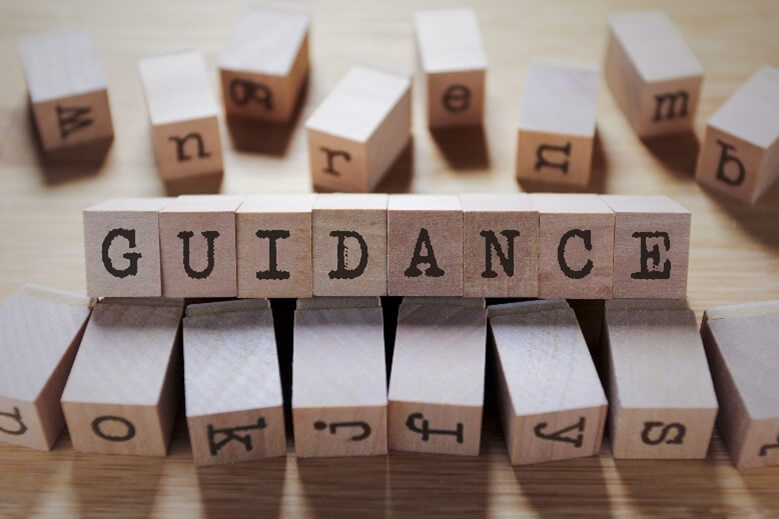
Examples of documents where electronic signatures are recognised pursuant to the ETA include the constitution, minutes of board/shareholders’ meetings, written resolutions, proxy forms, service agreements, resignation letters and solvency statements. This list is not exhaustive. Companies may consult their lawyers or corporate secretarial agents for advice on whether a document may be signed using an electronic signature.
It should be noted that deeds and powers of attorney, which are commonly entered into by businesses, run the risk of unenforceability if executed by way of electronic signatures. We would thus strongly recommend that businesses avoid the use of electronic signatures in this context.
It is not necessary for companies to amend their constitution to expressly provide for the use of electronic signatures to execute documents, as the ETA may be relied upon for this purpose. Nevertheless, to address electronic risks, companies may consider
adopting internal guidelines relating to the use of electronic signatures, such as the method of electronic signatures approved for use by the company and security measures that may be implemented by the company. Companies may consult their lawyers or corporate secretarial agents for assistance in this regard.
To satisfy the requirements for an electronic signature under the ETA, the method of the electronic signature must be appropriately reliable, taking into account all relevant circumstances such as the purpose of the document. Appropriate safeguards should therefore be implemented to address the electronic risks that arise from the use of electronic signatures. We elaborate on this in the next section below.
Electronic risks
Technological advancement can be a double-edged sword. While electronic signatures and records can facilitate transactions for businesses, they are more susceptible to being tampered, modified or forged due to its very nature. For instance, an electronically scanned signature used legitimately in a transaction can be easily copied and used by a fraudster for a different document.
The pertinent challenges that businesses generally face include, without limitation:
- whether an electronic record/contract has been altered, modified or tampered with;
- whether there are adequate security measures put in place to protect the electronic signatures and electronic records;
- whether the identities of the parties involved can be ascertained;
- whether the parties involved in the transaction can trust each other due to the lack of a face-to-face meeting;
- if applicable, whether both parties have access to the third-party e-signature platforms, whether such platforms are secure, and whether such platforms are willing or able to provide evidence should a dispute arise; and
- if applicable, whether the corporate representatives of the parties involved have the relevant authorities to transact on behalf of their principals.
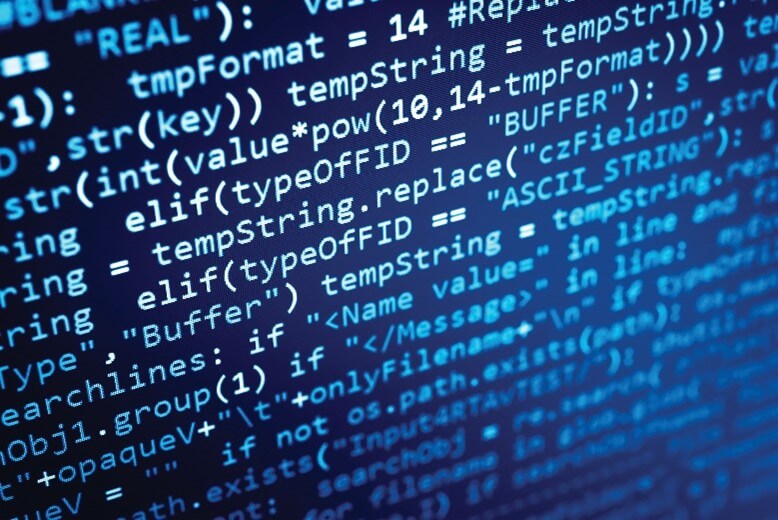
With these potential challenges looming, the use of electronic signatures should be evaluated with caution, especially with high-value transactions, transactions that require large payments to be advanced or transactions that are concluded entirely online without sufficient verification and authentication.
Ultimately, one should perform a cost-benefit analysis to determine whether the use of electronic signatures should be adopted in specific transactions.
There are practical measures, though not fool-proof, that may alleviate the risks of using electronic signatures, including:
- performing extensive “know-your-client” checks to assess the risk profiles of the counterparty;
- maintaining a list of authorised personnel who are authorised to forward documents signed using electronic signatures;
- performing call-back verification with the signatory;
- adopting technical security measures such as encrypted passwords and two-factor authentication, including the use of “digital signatures” as expounded under the ETA;
- adopting the use of “secure electronic records” and “secure electronic signatures” as expounded under the ETA; and
- engaging a Certification Authority who acts like trusted electronic notaries, certifying the electronic identities of users and organisations by verifying and vouching for the identity of the subscribers and providing certificate management services to support trusted and secure transactions.
A flourishing digital economy?
The use of electronic signatures in Singapore is no longer in its infancy and should be welcomed especially given Singapore’s vision to become a Smart Nation powered by digital innovation. However, caution ought to be exercised and appropriate safeguards should be implemented to ensure that electronic signatures are securely used.
Due to the emergence of new technologies such as the Distributed Ledger Technology, Smart Contracts and biometrics, the nature of electronic transactions is also rapidly evolving. New legislative and regulatory developments will therefore arise from time to time, resulting in further implications for businesses, and businesses should keep abreast of these developments so that they can stay ahead.
Author
This article was written by Virtus Law LLP (a member of the Stephenson Harwood (Singapore) Alliance).
Empower your Digitalisation Journey
Looking for the right partner that understands the need for digitalisation and empowers organisations with innovative technological solutions? Contact our resident experts for more information on how we can assist in facilitating this.

